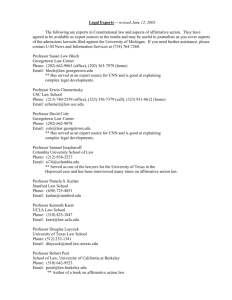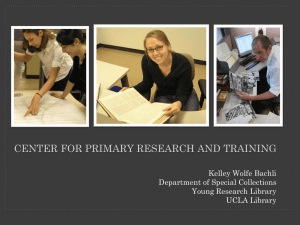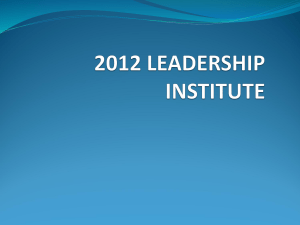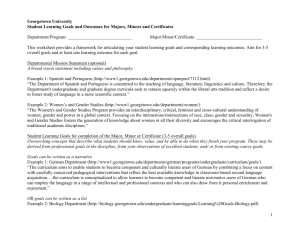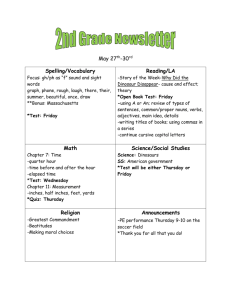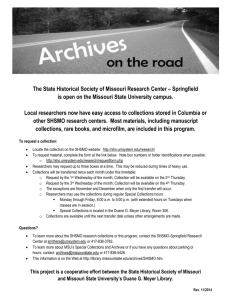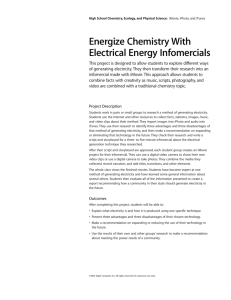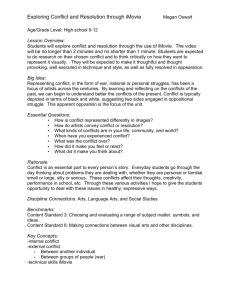special collections assignment handout
advertisement
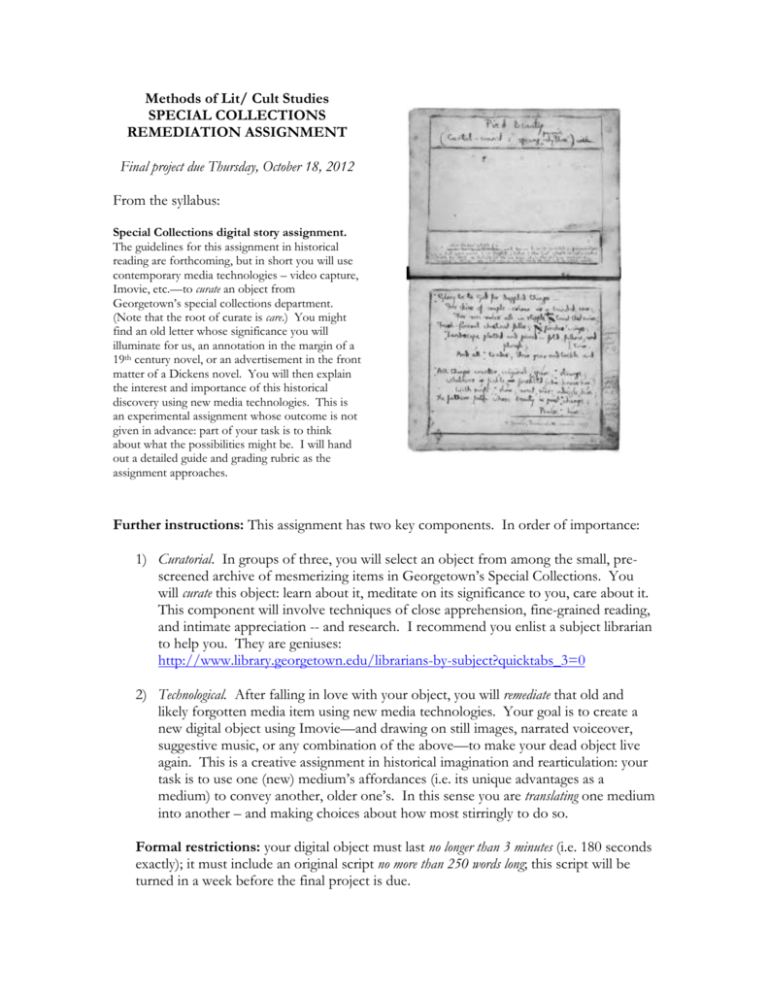
Methods of Lit/ Cult Studies SPECIAL COLLECTIONS REMEDIATION ASSIGNMENT Final project due Thursday, October 18, 2012 From the syllabus: Special Collections digital story assignment. The guidelines for this assignment in historical reading are forthcoming, but in short you will use contemporary media technologies – video capture, Imovie, etc.—to curate an object from Georgetown’s special collections department. (Note that the root of curate is care.) You might find an old letter whose significance you will illuminate for us, an annotation in the margin of a 19th century novel, or an advertisement in the front matter of a Dickens novel. You will then explain the interest and importance of this historical discovery using new media technologies. This is an experimental assignment whose outcome is not given in advance: part of your task is to think about what the possibilities might be. I will hand out a detailed guide and grading rubric as the assignment approaches. Further instructions: This assignment has two key components. In order of importance: 1) Curatorial. In groups of three, you will select an object from among the small, prescreened archive of mesmerizing items in Georgetown’s Special Collections. You will curate this object: learn about it, meditate on its significance to you, care about it. This component will involve techniques of close apprehension, fine-grained reading, and intimate appreciation -- and research. I recommend you enlist a subject librarian to help you. They are geniuses: http://www.library.georgetown.edu/librarians-by-subject?quicktabs_3=0 2) Technological. After falling in love with your object, you will remediate that old and likely forgotten media item using new media technologies. Your goal is to create a new digital object using Imovie—and drawing on still images, narrated voiceover, suggestive music, or any combination of the above—to make your dead object live again. This is a creative assignment in historical imagination and rearticulation: your task is to use one (new) medium’s affordances (i.e. its unique advantages as a medium) to convey another, older one’s. In this sense you are translating one medium into another – and making choices about how most stirringly to do so. Formal restrictions: your digital object must last no longer than 3 minutes (i.e. 180 seconds exactly); it must include an original script no more than 250 words long; this script will be turned in a week before the final project is due. Technological Resources: Lynda.com: This incredible new resource includes detailed instructional videos on the relevant software, in this case Imovie. http://guides.library.georgetown.edu/lynda. I recommend the following title: “Imovie ’11 Essential Training.” If you watch this you will know Imovie inside out. Youtube: Search “Imovie tutorial” and you will have a series of videos ready to help you figure it out. As a last resort, you may visit the Gelardin Media Lab and ask for help. Do not do this unless you have watched the Lynda video and still have questions. Timeline of Mini-Deadlines Please note that each of these deadlines is firm and each of these deadlines is mandatory; failure to meet one is a failure to meet all. Please observe them! They’re for your own good. Thursday 9/27: our visit to Special Collections. After Thursday, short description of objects available for students, either in hard copy or on the class blog. After Thursday 9/27: Objects on a shelf in Special Collections, available for students to examine and discuss, on a walk-in basis or by appointment with Special Collections librarians. Monday, October 8, by noon: Students turn in image requests to library photographer David Hagen (hagend@georgetown.edu); each group requests no more than 6 images using forms provided by Special Collections. Remember to be as absolutely, minutely specific as you can be in describing what you would like in the image. Tuesday, October 9, mid-day: Images from Mr. Hagen are ready for students to use. Thursday, October 11, before end of day: Text due from students to Professor Hensley, in hard copy or by email. Please CC Annalisa, aa956@georgetown.edu. Thursday, October 18, by 12:30 pm (before class begins): Final project due, uploaded to class weblog. If it’s not uploaded it hasn’t been turned in. Grading Rubric: A: You cared with extraordinary seriousness and quasi-theological conviction. You put in extraordinary work, as individuals and as a group. You created an object that, if not itself extraordinary, had the potential to be so. B: You cared much. You worked very hard. Perhaps you didn’t work as hard as your group members. Still, you made something that fulfilled the requirements of assignments well and with distinction. C: You cared. You worked. You made something that fulfilled the requirements of the assignment. No credit: A failure of caring and of labor. A failure to meet the minimum requirements of the assignment. Don’t do this.


